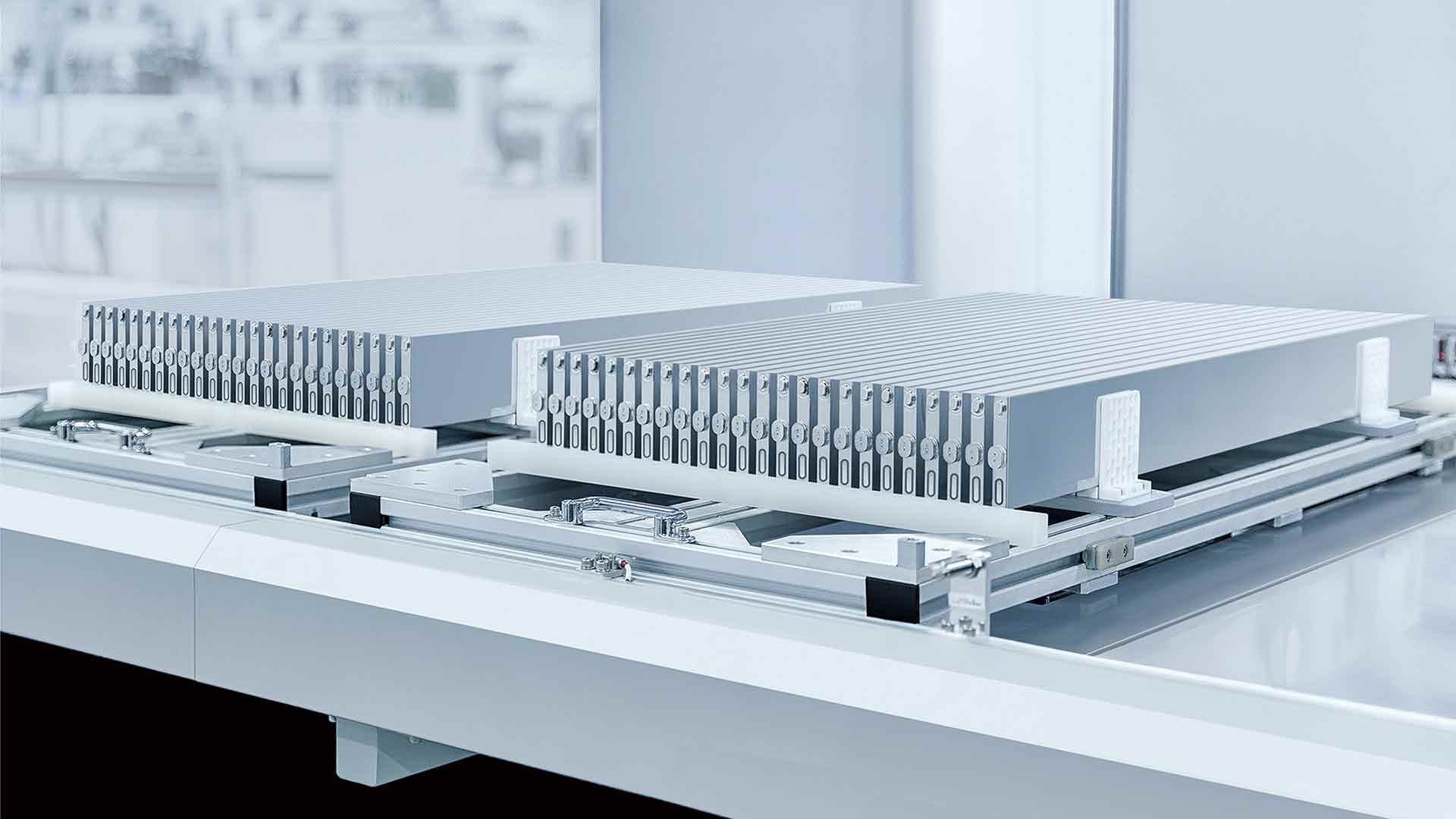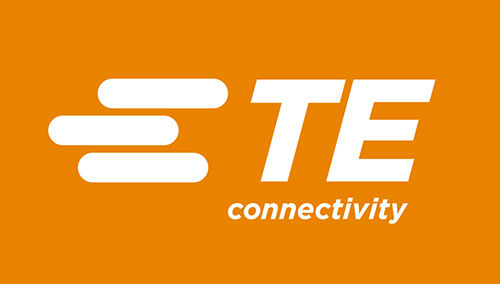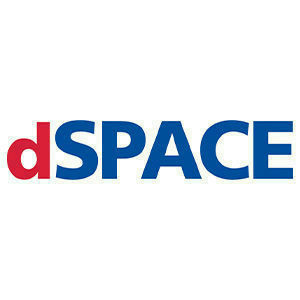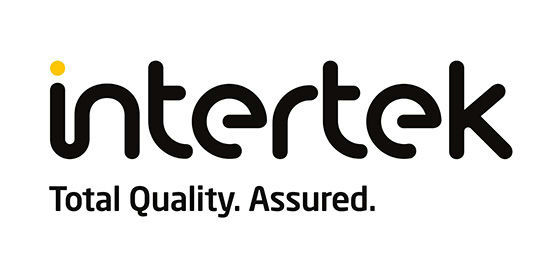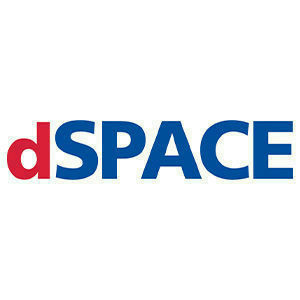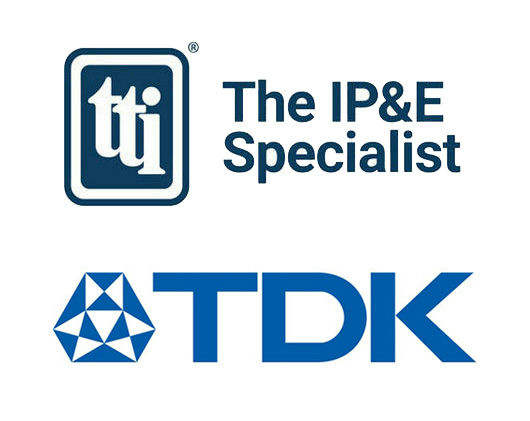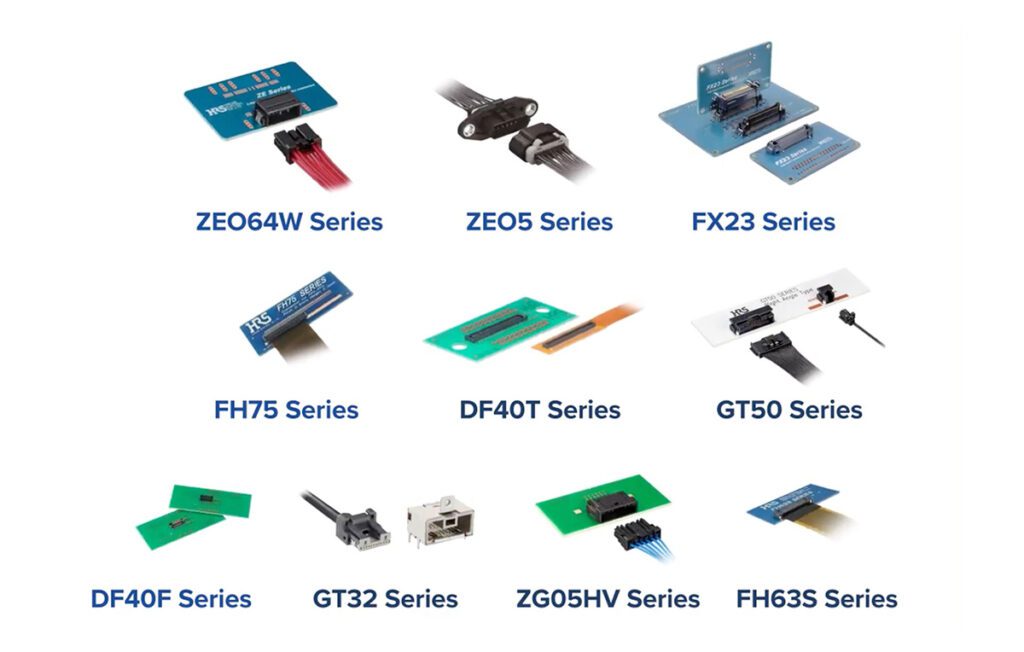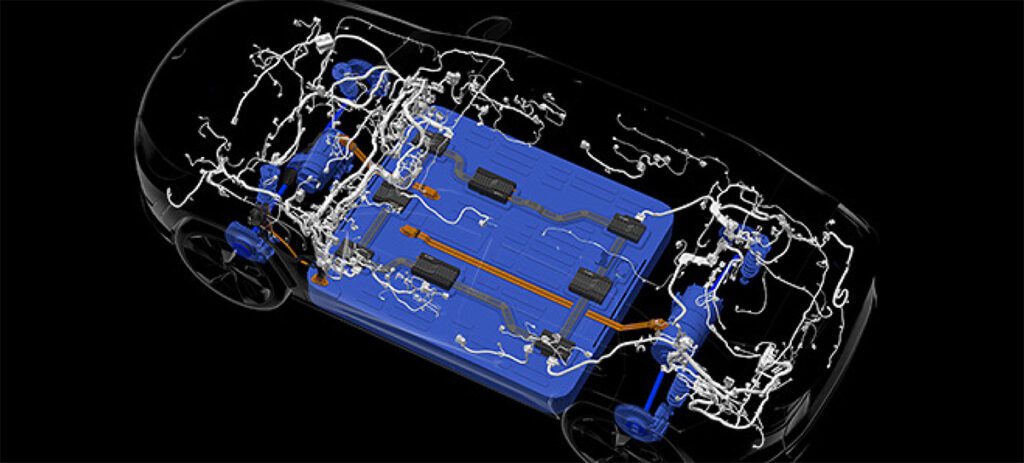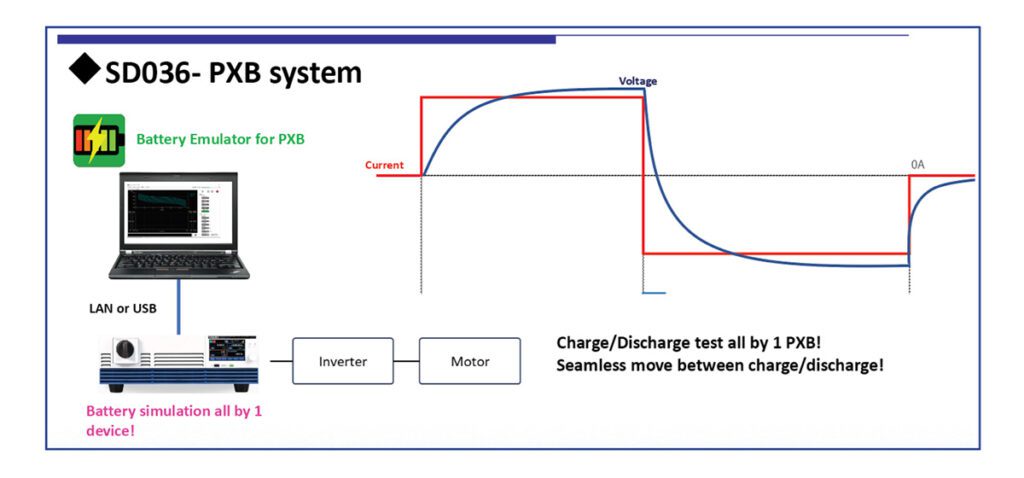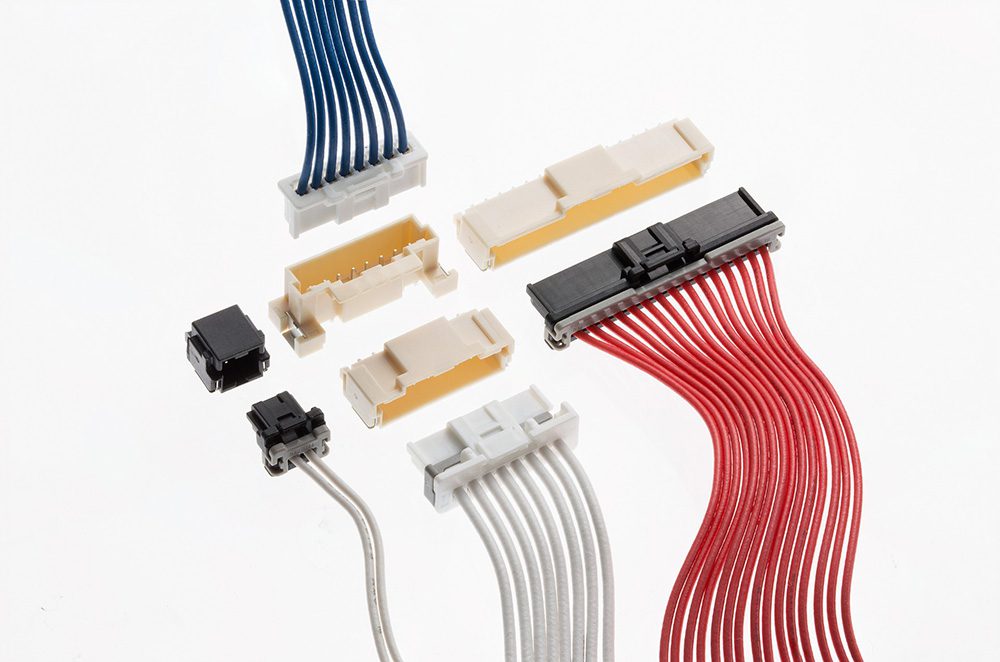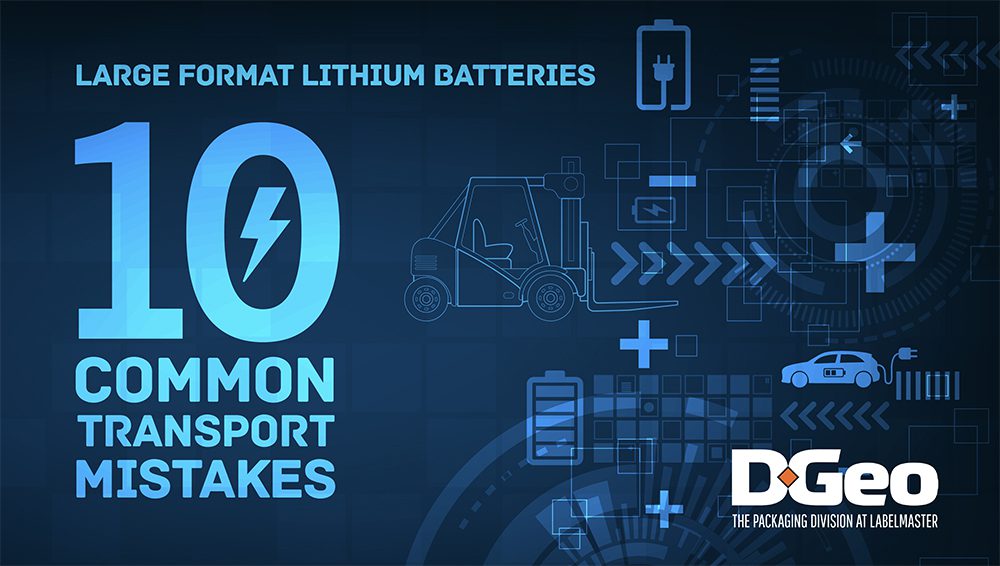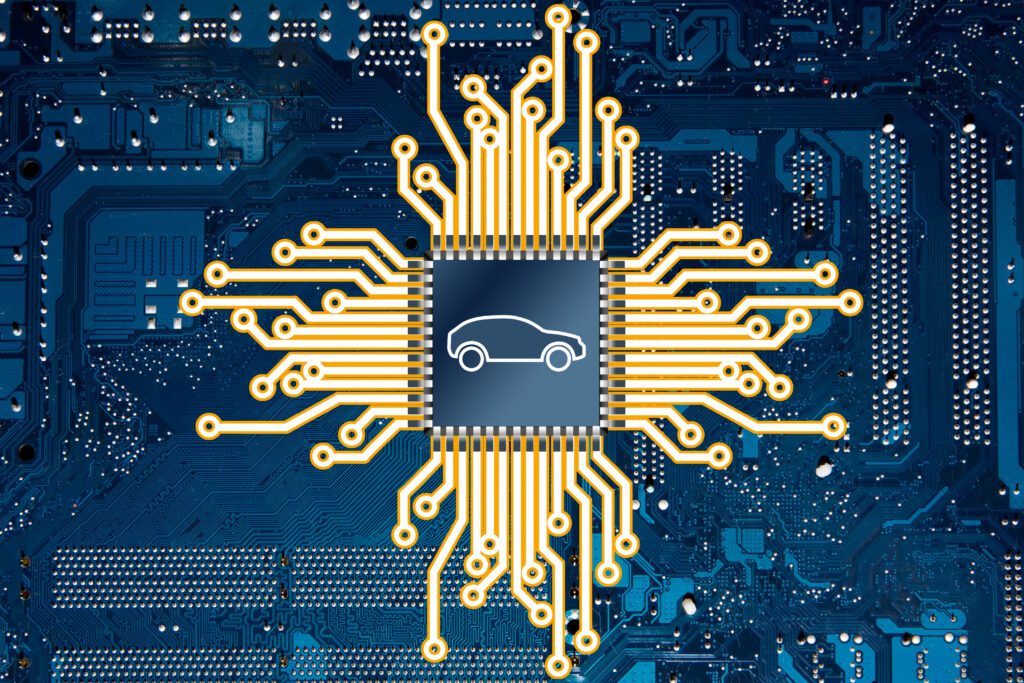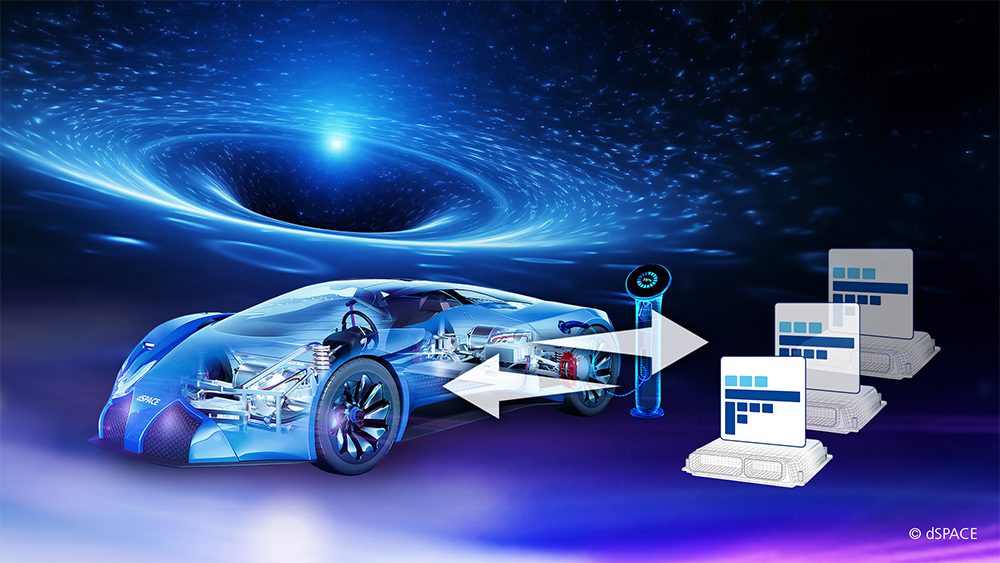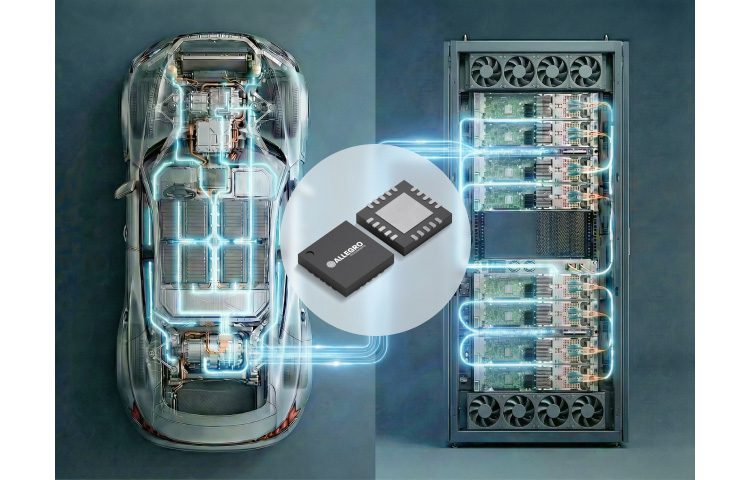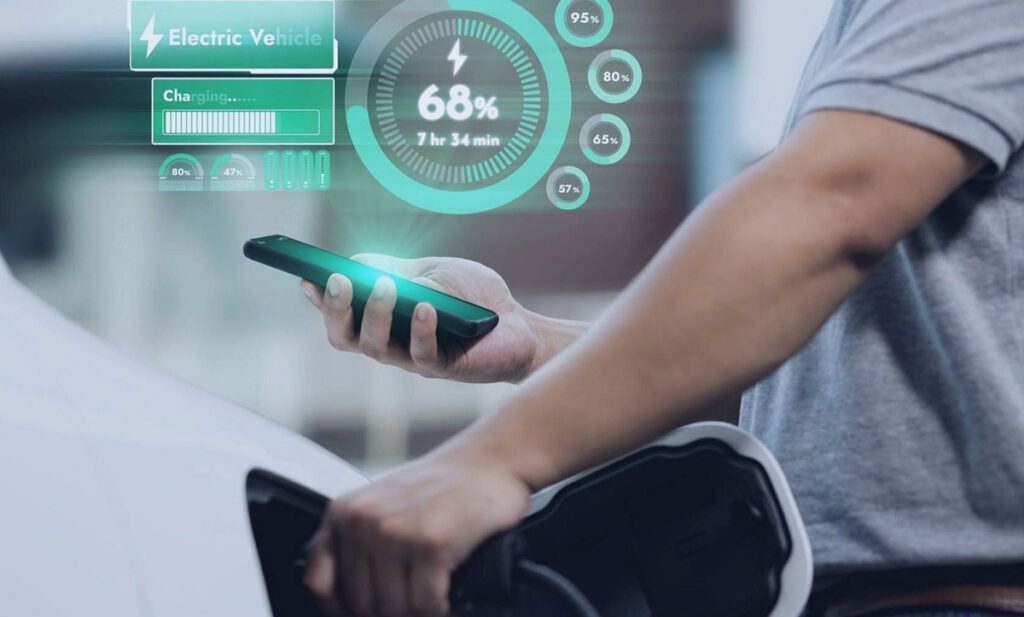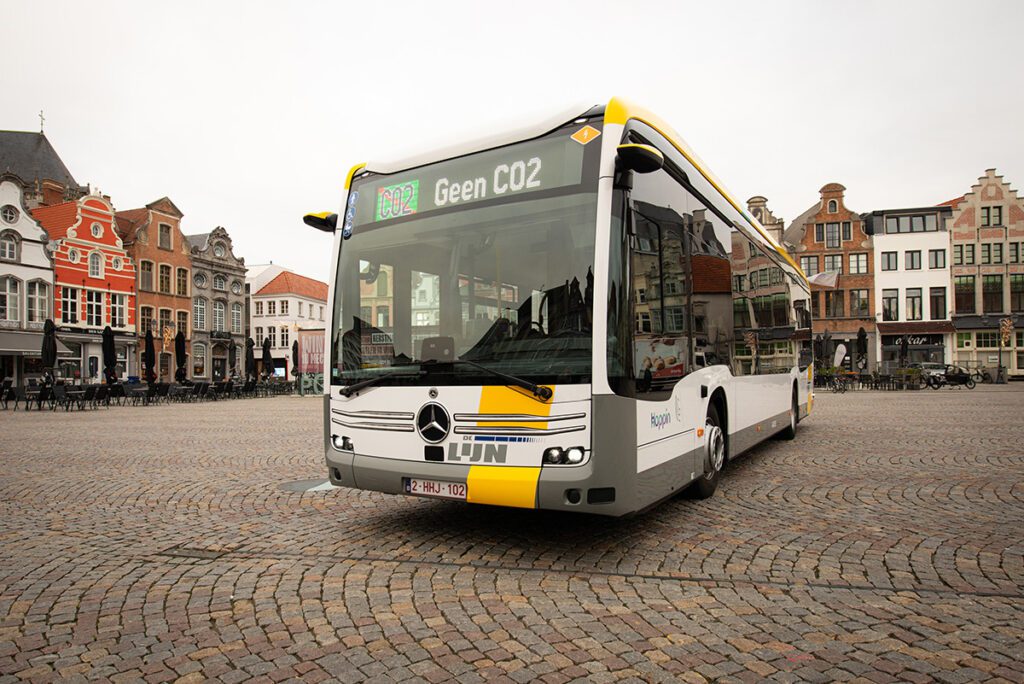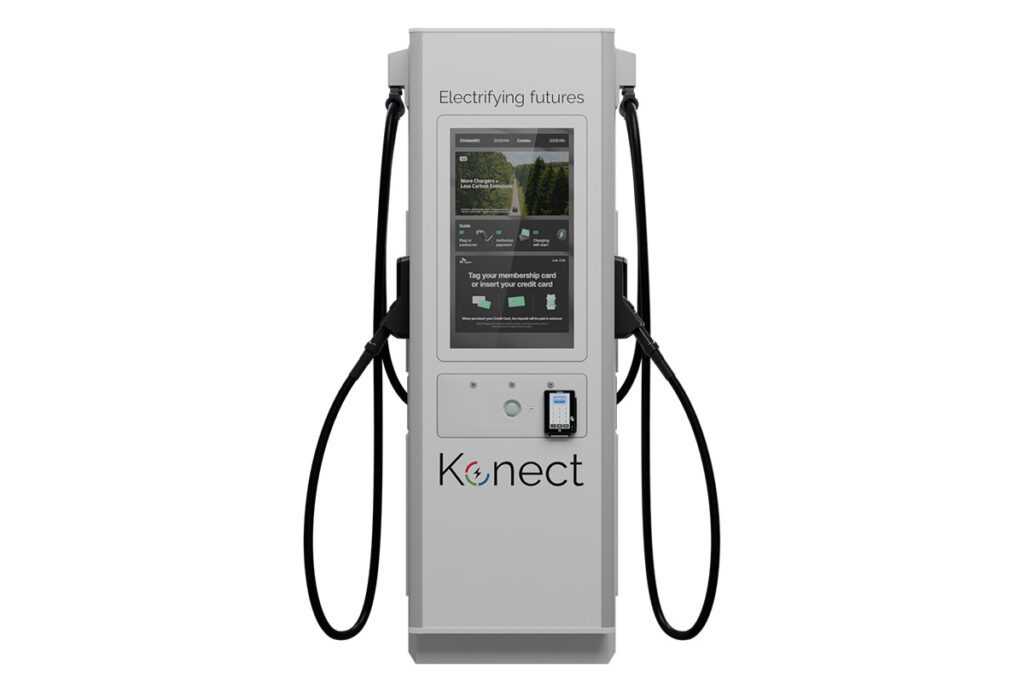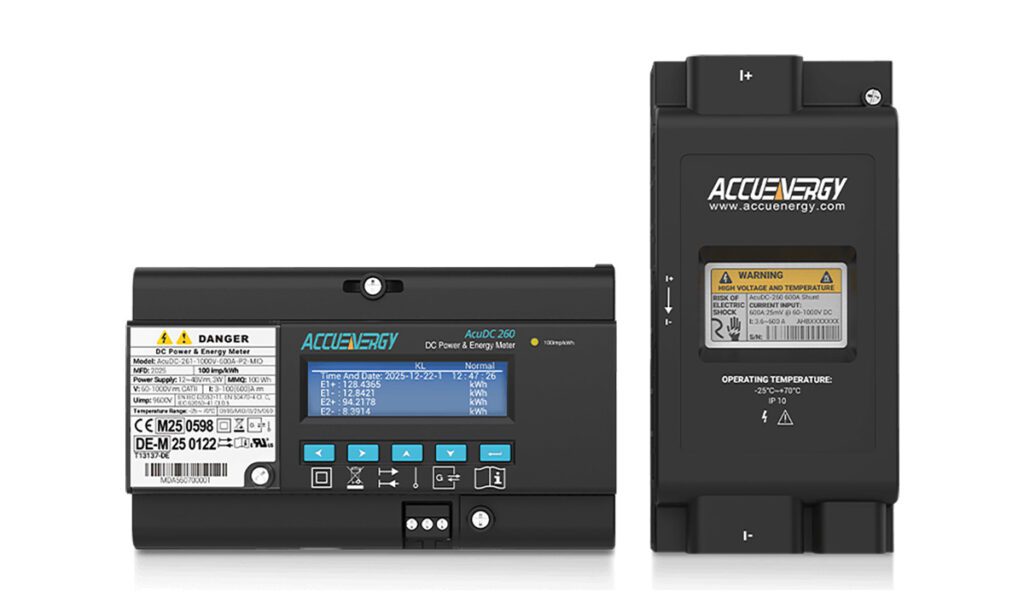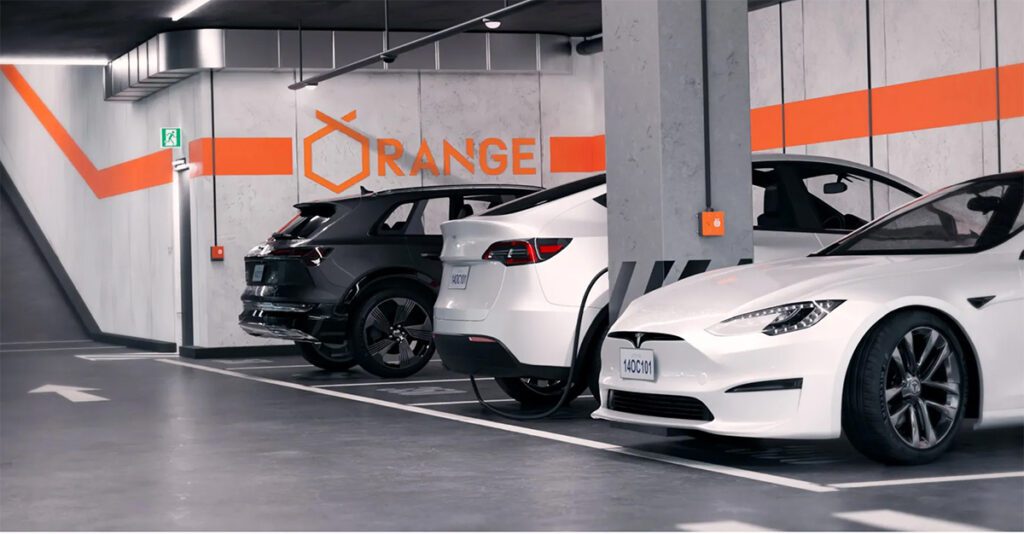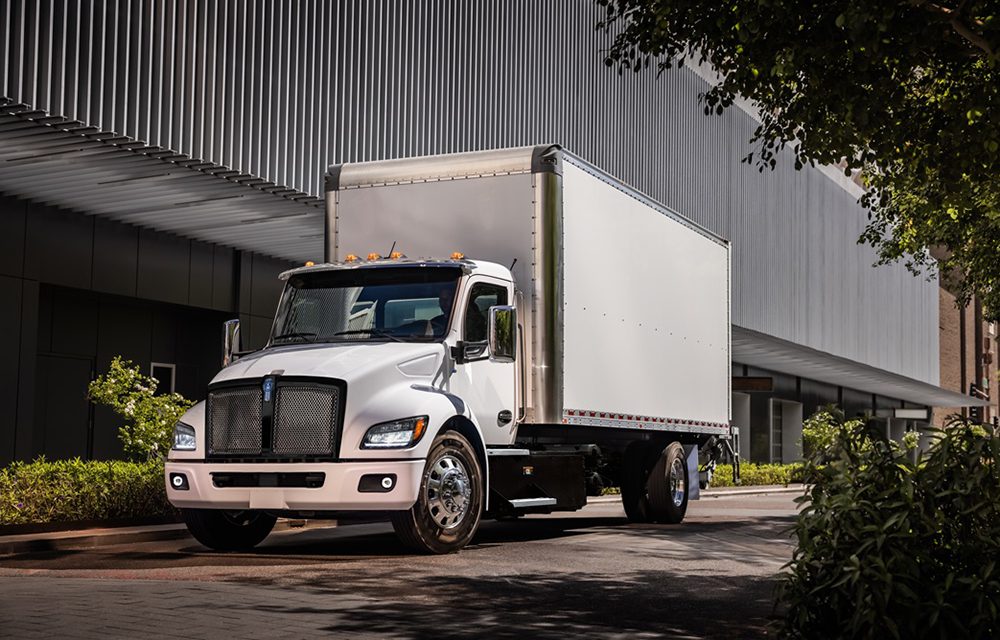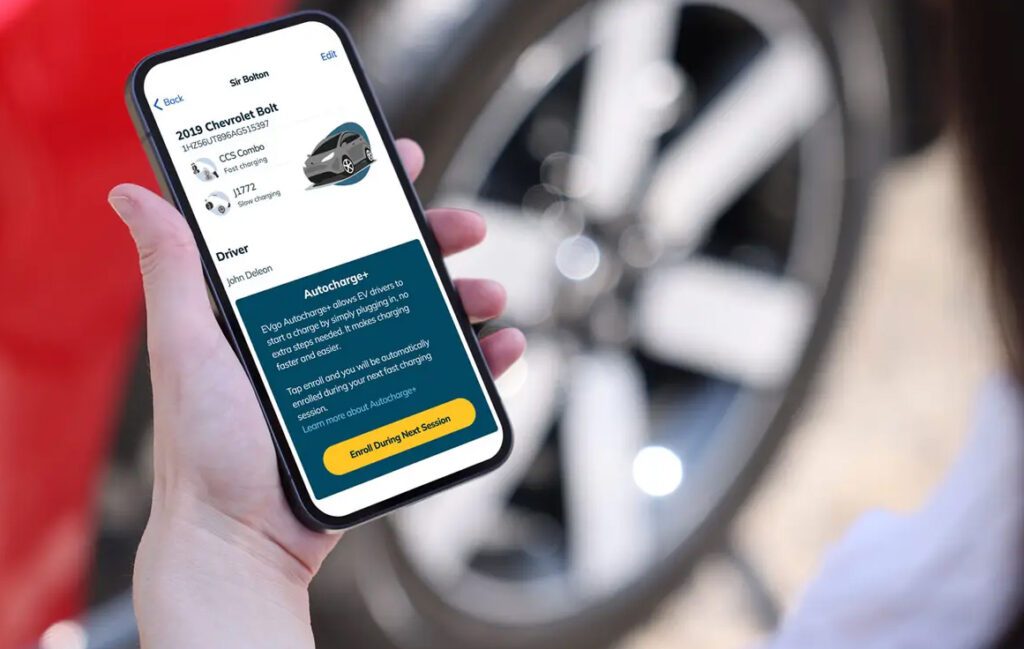Chinese battery suppliers are making their wares cheaper and faster. Two of the country’s largest battery-makers have announced plans to release EV batteries supporting 6C fast charging this year.
CarNewsChina reports that BYD will launch its Blade 2.0 battery in the second half of the year, and CATL will launch its Qilin 2.0 battery by the end of the year. Both of these are based on lithium iron phosphate (LFP) chemistry, and both support a 6C charging rate.
The speed at which a battery can charge (or discharge) is expressed in terms of its C-rate, which is defined as the charge or discharge current divided by the battery’s capacity. The speed at which a particular EV can be charged depends on many factors (despite the claims made in automakers’ ads), but suffice it to say that 6C is very speedy indeed.
CATL launched its new Shenxing battery, which supports 5C charging, a few months ago, and it is already available in at least one production vehicle. The Zeekr 001 claims to be able to add 472 km of range (CLTC) in 12 minutes. Li Auto’s Li Mega features a CATL Qilin Battery with 5C charging, and the company claims it can add 500 km of range in 12 minutes.
Of course, achieving such Roadrunneresque charging times requires a DC fast charger far more powerful than those in common use today. CarNewsChina explains that achieving a 4C or 5C charging multiplier requires at least 360 kW of power. In China, 120 kW is currently far more common.
Huawei recently launched a 600 kW ultrafast EV charger. Li Auto aims to deploy some 5,000 charging stations supporting 5C by 2025.
Source: CarNewsChina
Image: BYD




